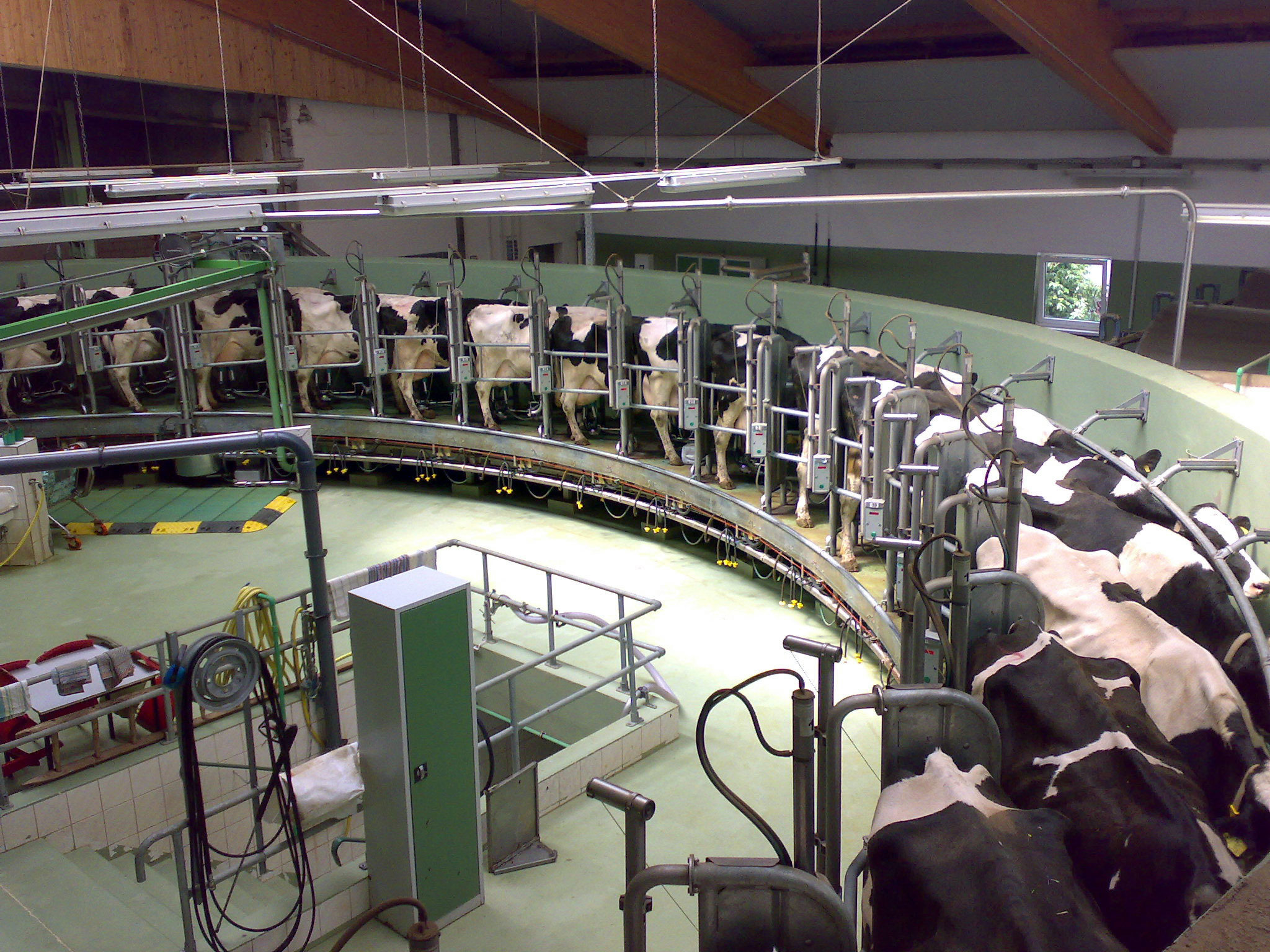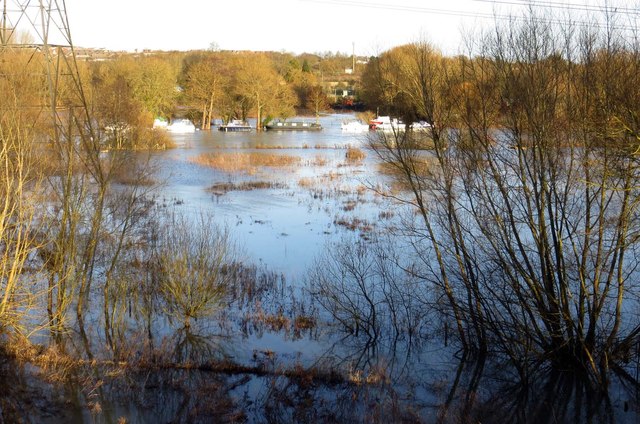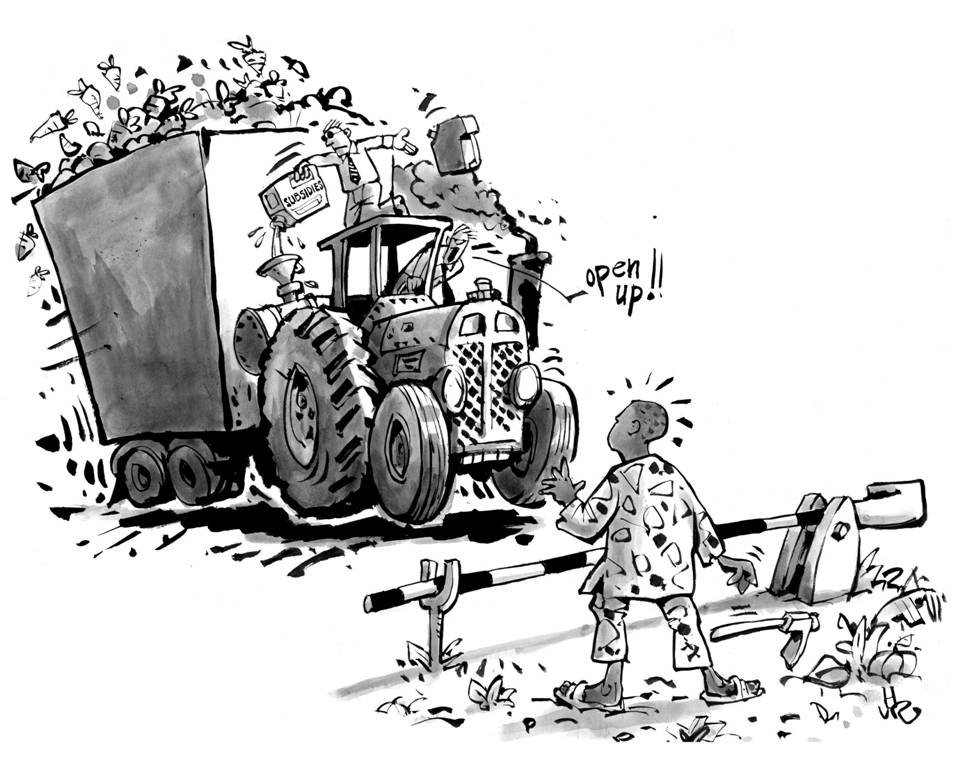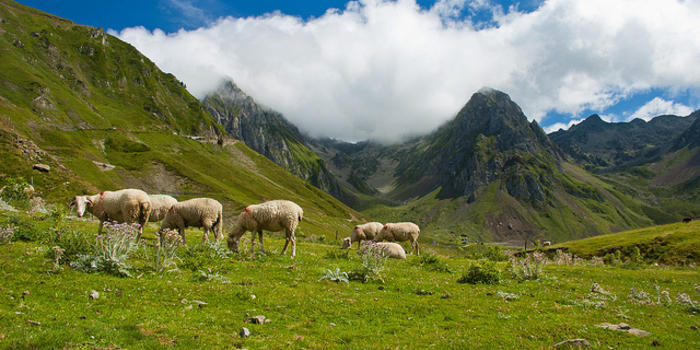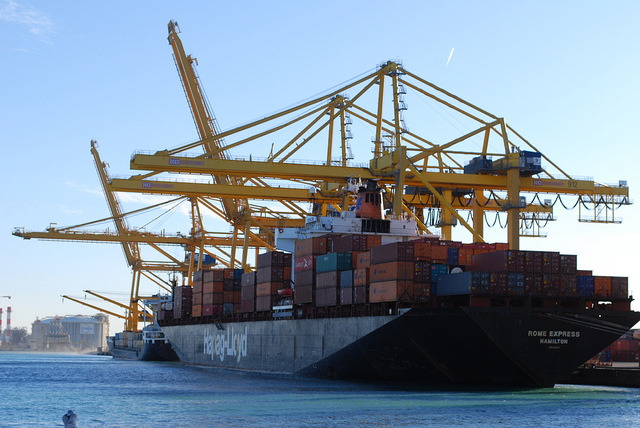The plight of milk producers supplying the dairy cooperative Arla in Denmark and Sweden was the lead article in my Danish newspaper yesterday morning. Interviews with a number of farmers supplying Arla highlighted their loss-making situation at current milk prices. The journalist writing the story highlighted that a number of factors were responsible for the current low milk prices: the Russian import ban on EU dairy products, lower import demand in China but also increased production in the EU which he attributed to the removal of milk quotas in April of this year.
That EU milk production has increased is clear, as shown in the figure below.… Read the rest
Greenhouse gas emission targets and Irish agriculture
Ireland faces a huge challenge in reducing its greenhouse gas emissions in the coming years. Taoiseach (Irish Prime Minister) Enda Kenny got into hot water last week for apparently saying one thing in his official speech to the Paris COP21 climate conference and another thing in unscripted remarks to journalists afterwards. Much of the subsequent controversy during the week revolved around the Irish government’s attitude to agricultural emissions and whether it was seeking special favours for the Irish agricultural sector in the current negotiations on setting national emissions targets for the period to 2030 in the framework of the EU’s 2030 Climate and Energy Package.… Read the rest
The EU has finally agreed to eliminate export subsidies…three cheers!
As long as I have been commenting on the CAP, its most criticized feature has been its use of export subsidies, also called export refunds. In the late 1980s and early 1990s, the EU was spending €10 billion a year on export subsidies, almost one-third of the CAP budget, in order to allow traders to get rid of the EU’s growing export surpluses by paying the difference between the EU’s high internal prices and lower world market prices.
Export subsidies allowed EU exporters to grab market share in import markets from competing exporters, put downward pressure on the level of world market prices, and competed unfairly with local producers in many developing countries.… Read the rest
Gainers and losers from the CAP budget
In thinking about the prospects for a future CAP reform, one of the relevant factors is the political economy of member states’ negotiating positions, which in turn is heavily influenced by their net position as a contributor to or a beneficiary from CAP expenditure. Countries are more likely to defend a high level of CAP expenditure if they are likely to benefit from it. The net transfers arising from the CAP budget are thus an important predictor of a country’s stance on CAP reform.
These net transfer positions are not routinely published, although DG Budget provides the raw data in its annual calculation of the ‘operating budgetary balances’ of member states.… Read the rest
Will there be a CAP reform in 2017?
On Friday last, I took part in a panel discussion at the Centre for European Policy Studies in Brussels on the theme “Will there be a mid-term review in 2017? And, if so, what should it do?” My contribution focused on the timing and procedural issues which will influence the prospect of a substantive early review of the CAP basic acts. Other speakers on the panel (Allan Buckwell from IEEP, Rolf Moehler formerly of DG AGRI and Paolo de Castro MEP from the Socialists and Democrats Group in the European Parliament) addressed what the contents of such a review might or should be.… Read the rest
The CAP and biodiversity
Two weeks ago I gave a talk at a biodiversity conference organised by Teagasc, the Irish Agriculture and Food Development Authority. The proceedings of this conference can be downloaded here. The title for my talk was ‘Could European agricultural policy do more to promote biodiversity?‘ In today’s edition of the Irish Farming Independent I have a short article which summarizes the talk. I reproduce the article below and also the presentation accompanying the talk.
***********************************************************************************
The 2013 CAP reform had three overall objectives: viable food production; sustainable management of natural resources and climate action; and balanced territorial development.… Read the rest
The intervention logic of the CAP
One of the innovations in the 2013 revision of the CAP Basic Acts was to extend a formal system of monitoring and evaluation of the CAP’s performance beyond Pillar 2 rural development, where it had been long-established, to also cover Pillar 1 direct payments and market management. This Common Monitoring and Evaluation Framework (CMEF) was set out in Article 110 of the Horizontal Regulation. This requires the Commission to measure and assess the combined impact of all CAP instruments in relation to three common objectives set out in this Article.
The three objectives set out for the CAP (which essentially ‘reinterpret’ the objectives contained in Article 39 of the Lisbon Treaty) are:
• viable food production, with a focus on agricultural income, agricultural productivity and price stability;
• sustainable management of natural resources and climate action, with a focus on greenhouse gas emissions, biodiversity, soil and water;
• balanced territorial development, with a focus on rural employment, growth and poverty in rural areas.… Read the rest
Lost in Climate Change Reports
The UN’s next global climate change conference is fast approaching. Hosted by France, the conference aims to achieve a new international agreement on the climate with the aim of keeping global warming below 2°C. This is not a new goal as we know – the Copenhagen Meeting in 2009 also wanted to reach the same.
Those interested might find it useful to read some recent reports on the topic to keep themselves up to date. However, by starting with the probably most well-known ones (IPCC’s climate change reports), one surely realises that their language becomes very hard to understand. In a recent article, a number of scientists analysed the language used by IPCC and concluded that her studies have become less readable over time.… Read the rest
EU’s declining importance in agrifood trade
The fact that twelve countries reached agreement on the terms of the Trans-Pacific Partnership free trade area last week (albeit ratification is by no means assured) underlines the changing geography of international agrifood trade. The EU is still an important player, but it is remarkable how quickly its importance is declining as other exporters make their appearance and other import markets grow in size (see this post for a previous discussion). The table below shows the trends over the past two decades (click to enlarge).
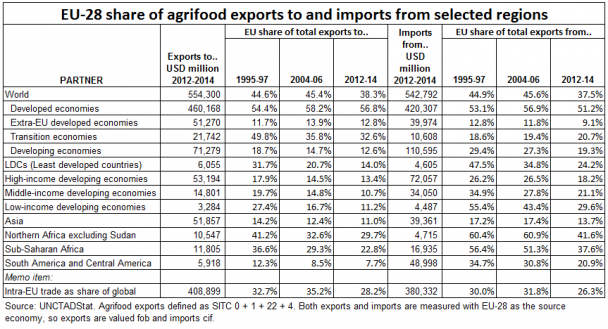
The table shows the EU’s share of global exports and imports of agrifood products, but excluding fish (SITC 03).… Read the rest
What biodiversity benefits can we expect from EFAs?
The recent release by the Commission of its Mid-Term Review of the EU’s 2020 Biodiversity Strategy makes for sorry reading when it comes to Target 3 “To increase the contribution of agriculture and forestry to maintaining and enhancing biodiversity..”. Specifically, Target 3A dealing with agriculture had the following objective:
… Read the restBy 2020, maximise areas under agriculture across grasslands, arable land and permanent crops that are covered by biodiversity-related measures under the CAP so as to ensure the conservation of biodiversity and to bring about a measurable improvement in the conservation status of species and habitats that depend on or are affected by agriculture and in the provision of ecosystem services as compared to the EU 2010 Baseline, thus contributing to enhance sustainable management.

